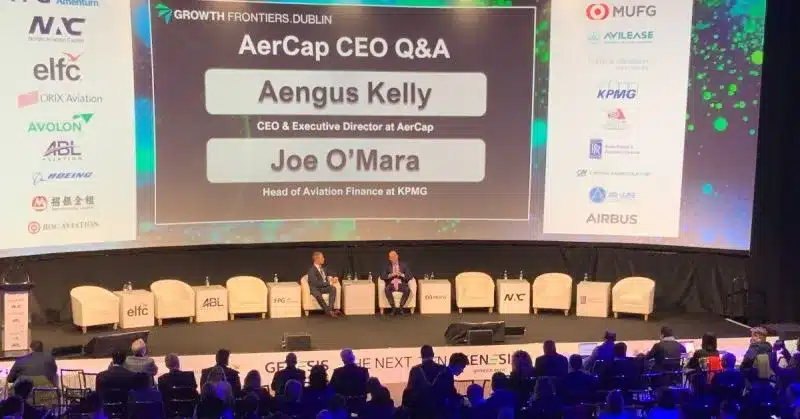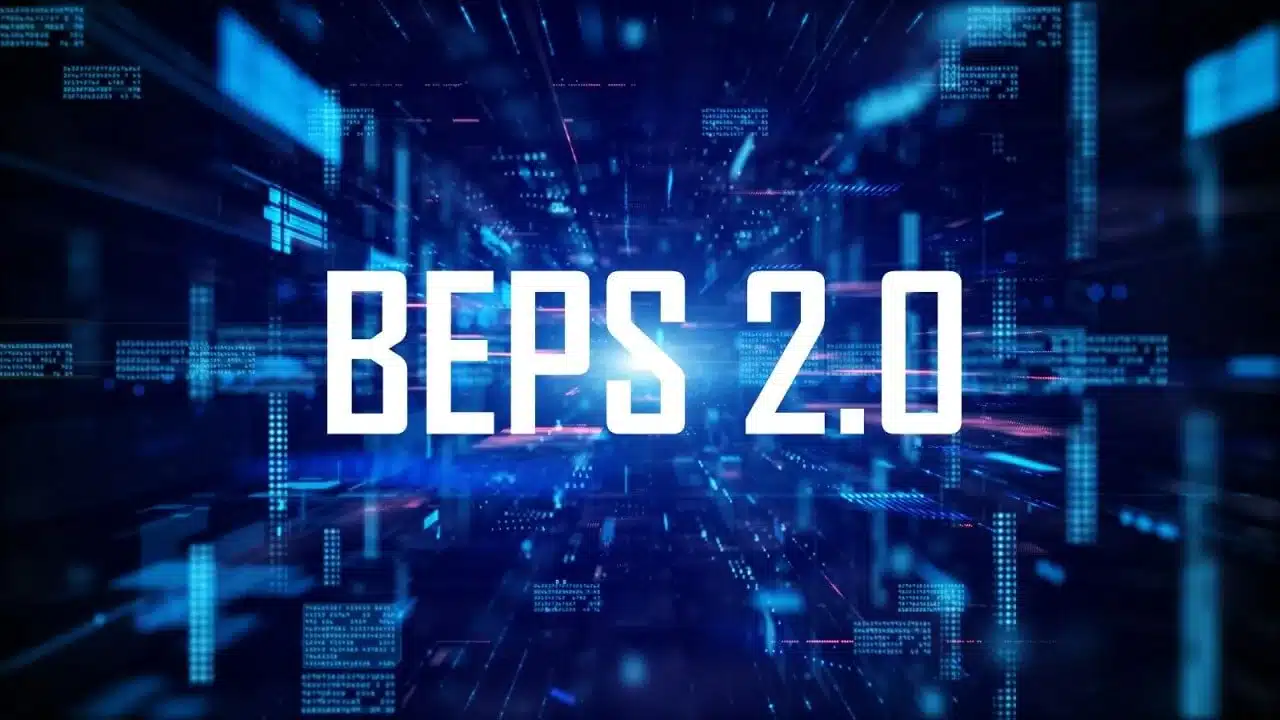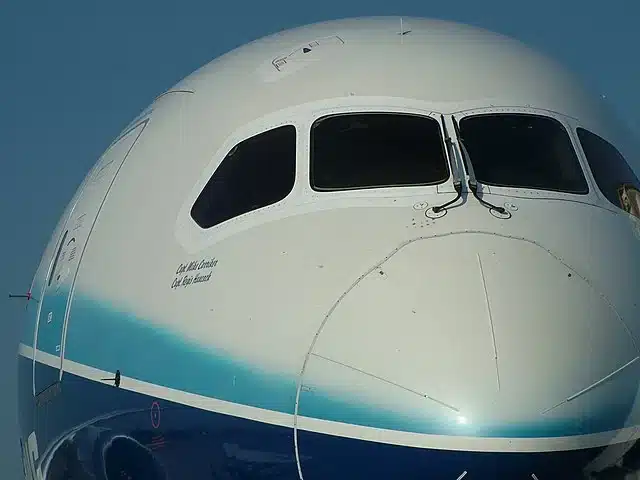Understanding Sale and Lease back Transactions in the Aviation Industry
There’s lots of reasons to do this, and we’re going to get into them, but I need to start with the biggest reason. The chief reason. The number one reason this is done, is because the airline most likely is making a small profit on the deal. How you ask? Well, say the name over the door is Southwest, or Ryanair, you are not paying 2024 list prices for your B737. No sireebob. Not when you order 400 units. But Boeing won’t let you or me order 400 so we can set up a stall in downtown Seattle and add some margin.
The airlines do this with a sale leaseback. They sell the aircraft, either on delivery or prior to delivery to keen leasing companies (called Lessors) and banks but immediately sign a long term operating lease agreement which keeps the aircraft with them. What price do they sell it for? That’s private. But lets just say the sale price and operating lease conditions are advantageous to the airline. Done correctly.

Sale-Leaseback is Two Separate Deals
As suggested by the name, a sale-leaseback is two distinct transactions or deals. 1. The sale of the aircraft by the airline, followed by 2. the signing of an operating lease. For the same aircraft. The sale/purchase is completed over a few months, sometimes weeks, whereas the operating lease period will be for 10 or 15 years.
The vast majority of the legal and financial focus will be on the first part, the sale. But savvy airline owners and CEO’s know that the operating lease agreements are where the real advantages of the SLB lie.
Why Airlines use Sale Leasebacks
If you only have 5 minutes
- Sale leasebacks are a very common method of Financing for airlines and is a key channel of asset acquisition by lessors.
- The Operating Lease share of the global fleet hovers around 60%, so there are plenty of players.
- Airlines get access to off-balance sheet financing when the sign the new operating lease
- Airlines generate additional cash injections by freeing up the equity that would normally be tied up in the aircraft
- Airlines can profit on the re-sale of new (or existing) aircraft
- Airlines offload asset residual risk (market price fluctuations) to the new owner
- Airlines no longer have to worry about remarketing old aircraft or preparing them for the next user airline.
What is an Operating lease?
An Operating Lease is when aerospace equipment, such as an aircraft is leased for a period of time and operated under normal conditions. But it can also apply to engines and even landing gear sets. An operating lease differs to a finance lease in terms of ownership. Under a sale leaseback the airline does not own the aircraft and therefore it is not listed as an asset on the balance sheet, however from a tax benefits perspective this is changing. More on that below under lease liability.

There is an argument that most (if not all) airlines should lease (as opposed to own) their aircraft. Think about it… the biggest hotel groups don’t own any hotels and the biggest taxi company in the world doesn’t own any taxis. Sure some airlines will want to own their own aircraft because their fleet requirements are simple (Ryanair and Southwest just want more aircraft and are cash rich and get great deals). But most other airlines use the sale leaseback method because it makes more sense when the market is volatile.
Understanding Sale Leasebacks
An operating lease is a type of arrangement that transfers the ownership of the aircraft to the lessor. The lessor is then paid through two lease agreement mechanisms, the rental rate and the maintenance reserve rate. Maintenance reserves are a type of additional payment that ensures the airline pays for future maintenance of the aircraft, that has yet to happen. It makes sure that they have accrued the additional capital necessary for expensive events at the right time. These include aircraft checks, engine shop visits and landing gear overhauls.
Aviation is a very tax efficient investment and given the right jurisdictions, can be much more lucrative than conventional financing products. But it is the airline chief financial office that has the most important job, airline balance sheet capital reporting is critical to the airlines financial success.
Aviation Sales and Leaseback Example
Back in 2020, the Sale and Leaseback deal of the year was at United Airlines. It involved Six Boeing 787-9 and Sixteen Max 9 aircraft. The lessor/financier for the deal was BOC Aviation. Unsurprising, the deal was conducted during the Covid pandemic which saw more that 30 airlines declare bankruptcy due to zero revenue. So discount rates were most likely included.
Now markets are always fair markets, especially for those with money looking for good purchase prices. During Covid cash flow was king and so airlines sought out these sale and lease back “support” mechanisms to help them survive. United Airlines was one of the majors to reduce capacity and release much needed cash.
Who offer Sale-Leaseback facilities?
The group of companies that seek these high cost fixed assets are called Lessors. Most are based in Dublin, Ireland (aircraft leasing was actually born in Shannon Airport with Guinness Peat Aviation, which went on to become GECAS and is now Aercap). But potential buyers such as lessors see sale-leasebacks as the perfect type of transaction.
Sale-leaseback investors are really interested in one thing. Airline credit risk. This is what keeps aircraft leasing business owners awake at night. If your airline client is United or Emirates – well done, that’s sleep-like-a-Disney-princess top tier. Now you won’t make attractive returns, but you certainly will attract a lot of conservative money. And if the lessors don’t make a lot of margin on these first run assets, they will on the secondary and tertiary markets – as long as they’ve done well on the asset management. Besides asset acquisition, lessors are experts at asset sales and retaining value in aircraft and engines. An alternate form of finance they use is the asset-backed securitization market or ABS.
More Advantages of Leasebacks
An Airline stands to benefit from Sale and Lease Back agreements via various factors;
1. It shortens the period of time they own an aircraft. So if they need to change, through market or operational reasons, they can.
2. The tax implications of operating leases are easier on the balance sheet
3. Airlines can either take renewal options, or just return the aircraft when the lease ends.
4. Rent payments can be at or below financing payments, especially if you bought them cheap from Airbus or Boeing.
5. Maintenance reserve payments can be limited if you are lucky enough to have an in-house MRO, such as Delta or British Airways.
6. The financial liability and risk of the asset itself is now on the lessor and not the airline. Look for example at the A380. Owning that aircraft gives nightmares.
6. There are tax advantages and additional tax benefits of not owning aircraft, but recent rules are changing this.
7. There are additional investment opportunities with lessors for additional equipment.

How does a Sale-Leaseback transaction work?
Big airlines order new aircraft directly from the manufacturer. Sometimes in the hundreds of units, but mostly between 10-50 aircraft. These can range from the A320Neo and the B737Max to the newer A350 and B787. Now one thing you may not know, is that these deliveries take time. Years in fact. From the day you sign the Letter of Intent, to when you send that ferry crew over to Seattle or down to Toulouse.
Sale and Leaseback in Practice
Lets’ say “Wingtalkers” as Lessor steps up and signs a sale leaseback agreement with the airline who now swops ownership of these new aircraft over to us. The airline notifies Boeing (or Airbus) and the name on the title deeds and data plate changes. This agreement is mostly boiler-plate, but of course key issues need to be negotiated. Such as lease rates, duration (this is normally right up the first major events such as engine overhauls and the D-check, so maybe 7-10 years). This is due to the fact that minimal investment from the airline is needed.
The Lease term might also ensure that the aircraft delivers and returns during low-season. When the agreement is signed each party takes care of its own closing costs in relation to the legal work and costs associated with the SLB.
BEPS 2.0
The Lease accounting standard is normally an SPV structure either in Ireland or Cayman or even China. The lease structure is pretty standard and covers off issues such as tax, insurance, maintenance reserves and key issues of delivery and redelivery conditions. Tax is currently under two regimes ,IFR16 and the new BEPS 2.0.

Is Sale and Lease backs a good alternative to financing?
An operating lease, or sale leaseback agreement, is a great source of financing depending on your operational needs as an airline. If you are a Tier 2 airline that struggles to keep cash reserves in case of a global pandemic, they are great. But if you are a big airline that can borrow money at really low rates thanks to your credit rating, then they are really not that attractive. There are many ways to finance aircraft and the SLB is just one.
Lease Liability
Aircraft asset purchasing is complex and risky. When you finance the aircraft directly, the risks are all on you. And by risk we mean asset value risk and residual value risk. If you’re an excellent asset manager, then your fleet can become a valuable asset and you can achieve high return on investment. But get it wrong, and you will find yourself in debt with and aircraft that could costs tens of millions to put right. But all things considered, aircraft are a great asset class. Unlike buildings, aircraft can be moved to greener pastures. If United wants to return your B777 early, chances are you can lease it somewhere else on the planet. Albeit at some costs.
The Pitfalls Of a Sale & Leaseback Arrangement?
The main difference between a sale-and-leaseback transaction and a “normal” lease – especially in terms of used aircraft transactions – is the fact that the extensive delivery conditions are removed. For newly delivered aircraft it involves the delivery inspection of the aircraft and other potential risks.
Going the straight Financial lease route is also a simpler loan agreement, whereas the operating lease agreement is a much more practical and technical document as it must cover the status of the aircraft at delivery and redelivery as well as all times in between. Sometimes the leasing company might also want to sell the aircraft on and you can find yourself with a new owner. And maybe this new owner is not happy with the lease or the airline.
Financial Lease
Not having legal ownership of the aircraft also comes with risks. If you miss a payment or struggle under the terms of the agreement, lessors can easily bring your operation to a halt. And there is the transfer of tax ownership between the airline and the lessor. As we said before the last decade has seen a huge change in the tax landscape. BEPS 2.0 ensures that airlines retain some fiscal responsibility for the asset value and depreciation as well as the way the taxation is handled.
WingTalkers Journalism is supported by our readers. If you purchase through links on our site, we may earn a commission.







